Introductie en historie Mercedes-Benz W121
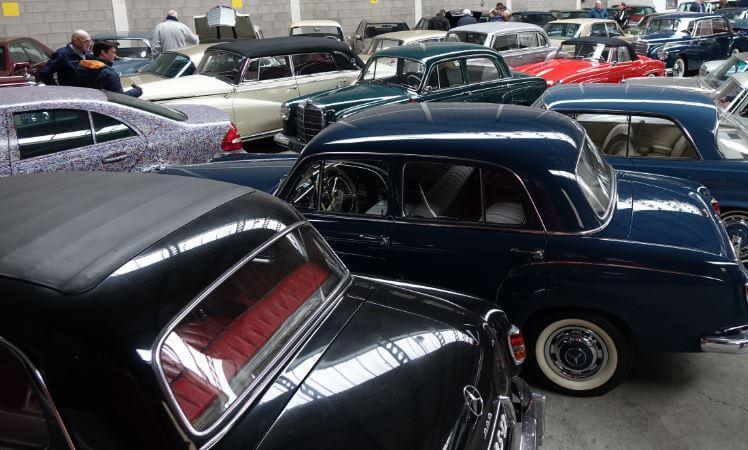
Introduction and History of the Mercedes-Benz W121 Series (Mercedes-Benz 190 “Ponton”)
The Mercedes-Benz W121, widely recognized as the Mercedes-Benz 190, was introduced in 1956 as the successor to the W120 180 and became an integral part of Mercedes-Benz’s “Ponton” family — the first models to feature a unitized, pontoon-style body design. The W121 was the most affordable Mercedes-Benz passenger car of its era, intended to provide solid German engineering, comfort, and safety to a wider audience.
Historical Context
After the devastation of World War II, Mercedes-Benz focused on rebuilding its reputation and market position. In 1953, the company launched the W120 180 with a new unit-body construction, which was revolutionary at the time. The W121 followed shortly after as a more powerful and refined version, marketed under the 190 designation.
It became known as the “little Mercedes”, and although it was the entry-level model, it was built with the same care and engineering integrity as its larger and more expensive siblings. The car quickly gained a reputation for durability, comfort, and quality — traits that helped re-establish Mercedes-Benz as a world-class automaker in the 1950s and 1960s.
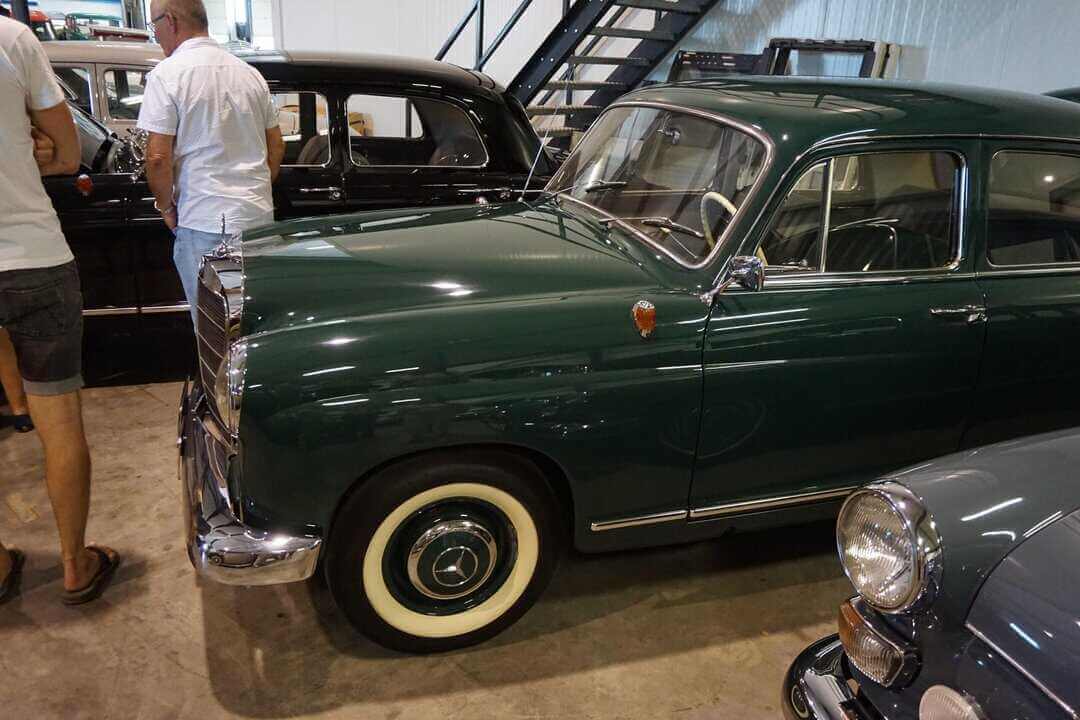
Technical Overview
Engine:
1.9-liter inline-4 (M121 BII)
Output: approx. 75 PS (74 hp)
Top speed: ~135–140 km/h
Transmission:
4-speed manual (column-mounted shift)
Later versions offered optional automatic clutch (Hydrak system)
Construction:
Unibody construction (monocoque)
Independent front suspension and swing axle at the rear
Hydraulic drum brakes all around (later upgraded)
Safety:
Built with passive safety in mind — a rigid passenger cell with crumple zones was ahead of its time.
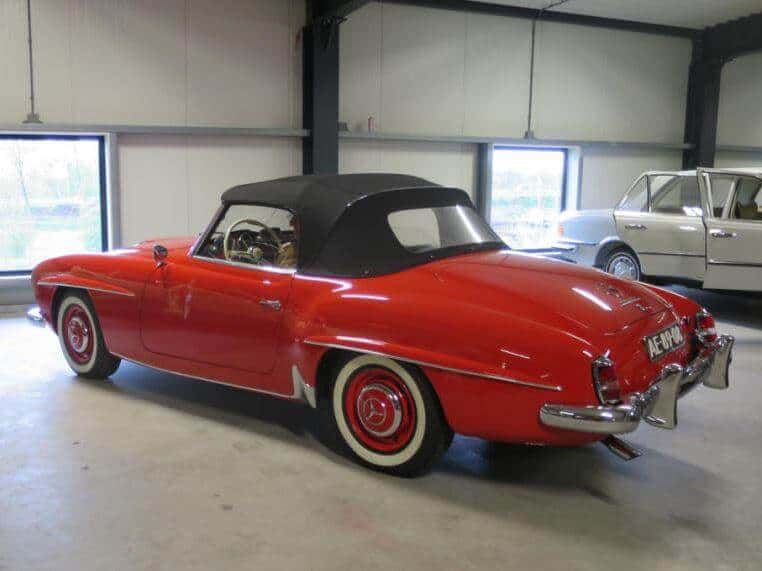
Model Variants
Mercedes-Benz 190 (W121.010)
Production: 1956–1961
The standard sedan model, widely used as a private car, taxi, and even by government agencies.Mercedes-Benz 190b (W121.010)
Minor improvements in trim and mechanical refinements in later production years (1959–1961).Mercedes-Benz 190SL (W121.042) (NOTE: Though it shares the W121 designation, it is a separate model from a different platform)
Produced from 1955–1963, the 190SL was a two-door roadster with sportier design and a twin-carburetor version of the M121 engine. It visually resembled the 300SL and remains a classic in its own right.
📊 Production Numbers
| Model | Production Years | Units Produced |
|---|---|---|
| Mercedes-Benz 190 (Sedan) | 1956–1961 | ~157,688 |
| Mercedes-Benz 190SL (Roadster) | 1955–1963 | 25,881 |
| Total W121 family | ~183,500+ |
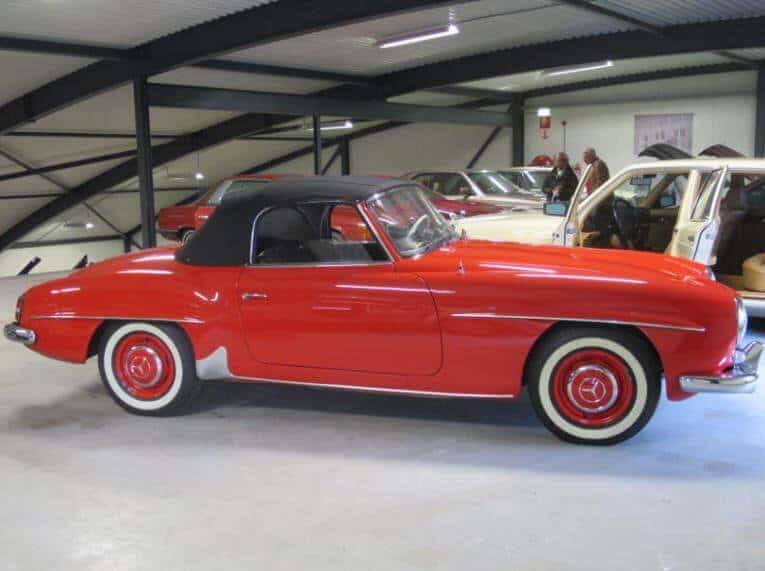
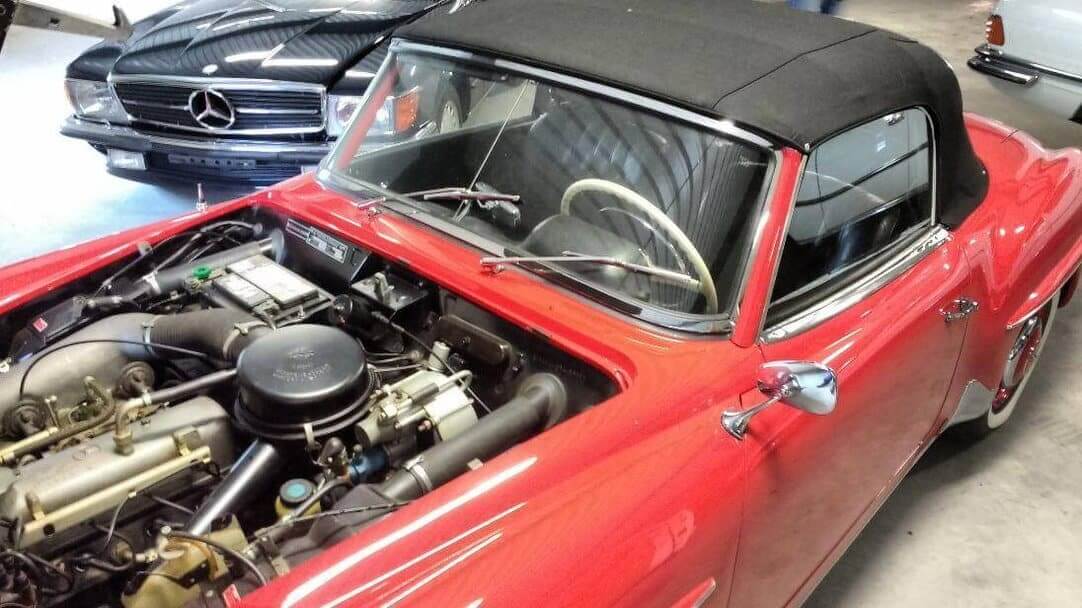

Cultural and Historical Significance
The 190 was affordable but premium, and quickly became popular as a reliable family car and taxi across Europe and other markets.
The model helped define the Mercedes-Benz philosophy of engineering excellence at every level of its range — not just in luxury or sport models.
The 190SL, though distinct in purpose, helped establish Mercedes-Benz as a serious player in the growing postwar sports car market, especially in the United States.
Legacy
The W121 190 laid the groundwork for later compact Mercedes-Benz sedans, ultimately leading to the development of the W110, W115/W114, and eventually the W201 (190E). It demonstrated that Mercedes-Benz could offer a small car without compromising on quality, refinement, or prestige.
Today, the W121 190 sedan is appreciated by collectors for its understated elegance, engineering clarity, and historical importance, while the 190SL has become a sought-after classic roadster, prized for its design and driveability.
